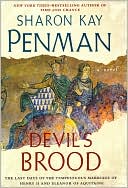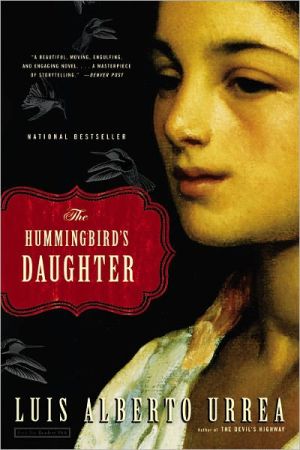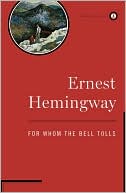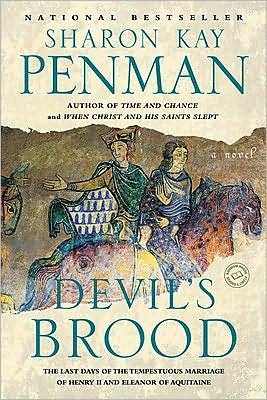The Tales of the Heike
Search in google:
Originally written in the mid-thirteenth century, The Tales of the Heike chronicles the epic Genpei war, a civil conflict that marked the end of the power of the Heike clan and changed the course of Japanese history. Featuring a vivid cast of characters, the book depicts the emerging world of the medieval samurai and recounts in absorbing detail the chaos of the battlefield, the intrigue of the imperial court, and the gradual loss of courtly tradition. This new, abridged translation presents the work's most gripping episodes and includes woodblock illustrations, a glossary of characters, and an extended bibliography.Kirkus ReviewsIntriguing, mini-sagas of samurai derring-do and nimble wit, with a distinctly Buddhist flavor. Garbed in fabulous gear-"black-laced armor over a dark blue battle robe"-the 15th-century Japanese warrior monk Jomyo Meishu of Tutsui, in the blink of an eye, nails 20 men with his bow and arrow. A cunning chancellor ferrets out court conspiracies by infiltrating 300 teenagers, "the Rokuhara lord's short-haired boys," into the populace to spy on subversives. The wondrous champion dancer Gio, realizing that "we are mere sojourners in this life" turns her back on glamour and, retreating to a mountain sanctuary, spends the rest of her days reciting the name of the Buddha. Such are the facets of this jewel of a collection, compiling warrior tales, told by blind lute minstrels, that form the basis of No and Kabuki drama. Intended to laud and lament the courageous fallen, the adventure yarns are permeated often with an elegiac, wistful air, a resigned sense that "what flourishes must fade." Fans of classic Asian literature, especially of the world's first novel, Lady Murasaki's The Tale of Genji, will recognize the fastidious attention to detail here-the cut of the clothes, the nuanced etiquette, the lyrical language-that contrasts these stories with their Western counterparts, either Homeric or Arthurian. What also distinguishes these tales is the poignant tension between the hero's inspiring quest for glory and his ultimate realization-perhaps even more inspiring-that any transitory glory is only another form of attachment: the chief adversary of Buddhist enlightenment. An excellent introduction, tracing the genre's historical context, and a complete glossary of characters make this editioninvaluable not only for aficionados of Japanese writing but for all students of myth. Terrifically exciting and spiritually rich.
The bells of Gion Monastery9Night attack at Courtiers' Hall10The sea bass14Page-boy cuts15Kiyomori's flowering fortunes15Gio16The admonition29Signal fires33The death of the senior counselor34Yasuyori's prayer35The pardon37The foot-drumming40Ario43The death of Shunkan47The battle at the bridge51The burning of Nara58The death of Kiyomori65Sanemori72Tadanori leaves the capital75The flight from Fukuhara77The death of Lord Kiso83The old horse89The attack from the cliff93The death of Tadanori95The capture of Shigehira97The death of Atsumori98Regarding the precepts101Senju-no-mae105Yokobue109Koremori becomes a monk113Koremori drowns himself117The death of Tsuginobu122Nasu no Yoichi126The lost bow130The cockfights and the battle of Dan-no-ura133Far-flying arrows137The drowning of the former emperor141The execution of Rokudai144The imperial lady becomes a nun148The move to Ohara151The retired emperor visits Ohara153The six paths of existence160The death of the imperial lady165








